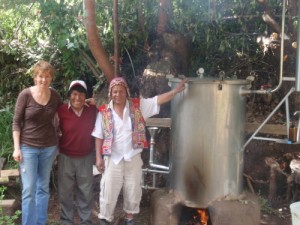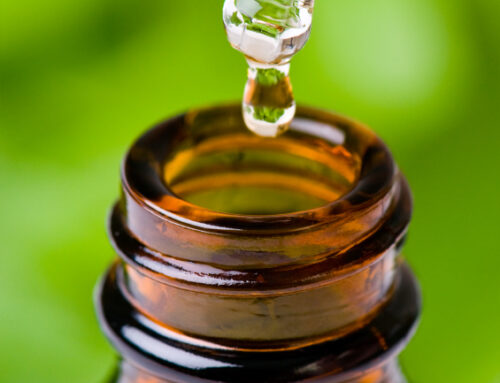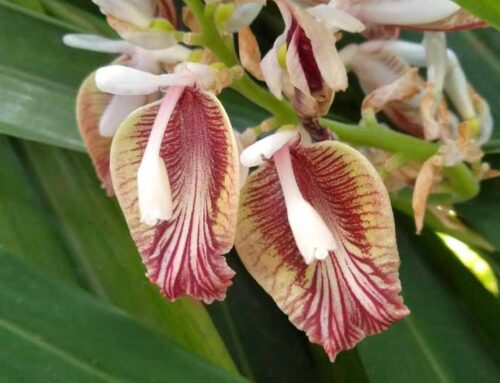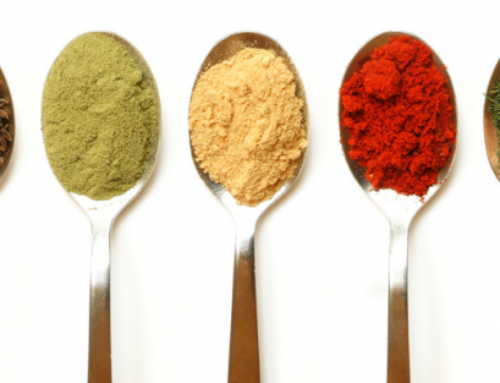
In the past few years I’ve been traveling to Peru where Baraka has a distillation project with a family in the Andes Mountains. The family sells their essential oil blends to the local tourist market. Several months ago, I was at the market with their son, Lin, and a couple of tourists came by looking for something to help with their altitude sickness. Lin showed them an essential oil bottle with the local plant Muna. The tourists quickly read the label, which listed all the ailments Muna is effective against and without asking a question, they said ‘thank you’ and walked away. As they did, I heard one say under his breath, ‘Snake Oil.’
Most of us know the term Snake Oil. My favorite explanation actually comes from Wikipedia, “any product with questionable and/or unverifiable quality or benefit. By extension, the term “snake oil salesman” may be applied to someone who sells fraudulent goods, or who is a fraud himself.”
Muna shouldn’t be called snake oil and Lin isn’t a snake oil salesman. If you lived in the native communities of Peru, you would use Muna for fungus, bronchitis, sinus infections, birth, pneumonia, as a preservative, and for stomach cramps. This ability to work on a number of different ailments is not unique to Muna–all plants have it. However, those of us raised in a pharmaceutical culture can’t easily wrap our minds around this, because we are taught that one pill solves one ‘problem’ so we imagine this is true of plants.
One of the largest distinctions between pharmaceutical drugs and medicinal plants is the number of active ingredients. A pharmaceutical drug, which is developed in a lab, usually contains only one or two active ingredients. Due to this simple chemistry, it is highly unlikely you could use the same pharmaceutical drug to treat your sinus infection and your foot fungus. A decongestant for your sinus infection is simply that and nothing else. On the other hand, a single plant contains hundreds of active ingredients and has a complex chemistry so it can, like Muna, treat a wide range of conditions. In fact, the active components of a plant’s medicine are most effective because of the specific combination of chemical compounds found within that plant, and would not be as universally useful if they were isolated and used on their own. In other words, a plant’s chemical diversity gives it many uses.
If you want to understand the diversity of a plant for yourself, I suggest experimenting with one like lavender. It’s safe and highly effective. The essential oil of lavender has been used for treating small kitchen burns (put directly on the burn instead of ice, the results are amazing!), disinfecting a scratch/cut or calming your nerves by dabbing it just beneath your nose. I like to keep the oil close at hand so I can grab it in a moment’s notice!
As a culture that wants quick fixes, we need to understand that in some cases, usually with chronic conditions, plants have a whole lot to offer. If you want to learn more about this, I suggest reading an online book chapter by Dr. Leslie Taylor on the Differences and Similarities of Drug and Medicinal Plants.







Leave A Comment